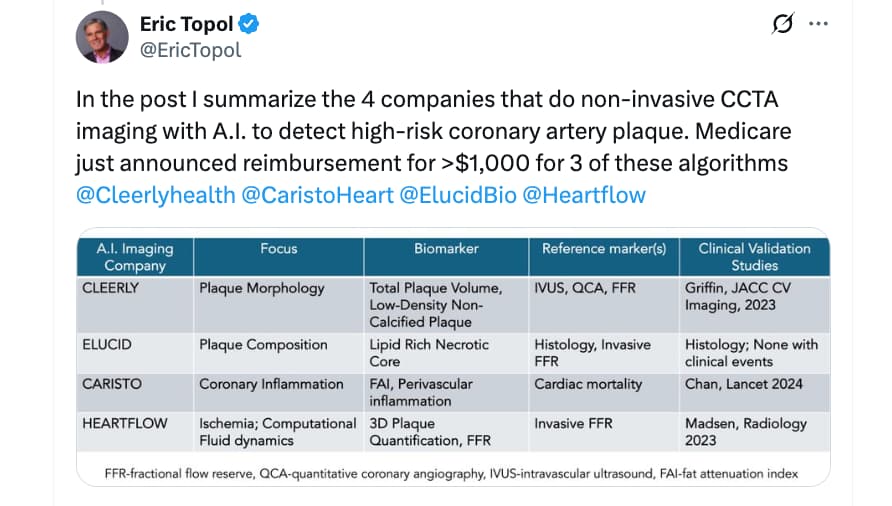The ratio of a person’s waist measurement compared to their height is more reliable than body mass index (BMI) at predicting heart disease risk, according to new research from UPMC and University of Pittsburgh physician-scientists.
This finding, published Oct. 31, 2025, in The Lancet Regional Health—Americas, could reshape how clinicians and the public assess cardiovascular risk, especially for people who don’t meet the classic definition of obesity.
The team analyzed data from 2,721 adults who had participated in the Brazilian Longitudinal Study of Adult Health (ELSA-Brasil). The individuals had no cardiovascular disease at baseline and were followed for more than five years.
“Higher BMI, waist circumference and waist-to-height ratio at baseline were all associated with higher risk of developing future cardiovascular disease—until we adjusted for other classic risk factors, such as age, sex, smoking, exercise, diabetes, hypertension and cholesterol,” said lead author Thiago Bosco Mendes, clinical instructor of medicine at Pitt and obesity medicine fellow at UPMC. “When we did that, only waist-to-height ratio held as a predictor.”
Much of that predictive power is concentrated among individuals with a BMI under 30, which is below the classic threshold for obesity, who may not realize they are at risk for cardiovascular disease.
BMI doesn’t account for fat distribution or distinguish between harmful, visceral fat and protective, subcutaneous fat. By contrast, waist-to-height ratio (WHtR), calculated by dividing waist circumference by height, directly reflects central obesity, which is more closely linked to heart disease. That means that people with a BMI lower than 30, but a WHtR over 0.5, may be at higher risk of future coronary artery calcification, a key marker of cardiovascular disease, even in the absence of other risk factors.
The research paper:
https://www.thelancet.com/journals/lanam/article/PIIS2667-193X(25)00292-3/fulltext
